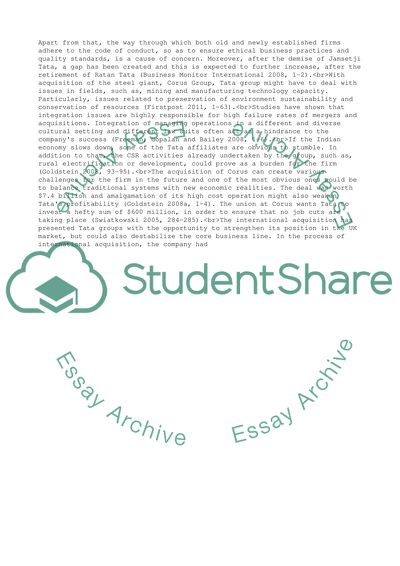Cite this document
(“Case Study Analysis (International Management)”, n.d.)
Case Study Analysis (International Management). Retrieved from https://studentshare.org/management/1626588-case-study-analysis-international-management
Case Study Analysis (International Management). Retrieved from https://studentshare.org/management/1626588-case-study-analysis-international-management
(Case Study Analysis (International Management)
Case Study Analysis (International Management). https://studentshare.org/management/1626588-case-study-analysis-international-management.
Case Study Analysis (International Management). https://studentshare.org/management/1626588-case-study-analysis-international-management.
“Case Study Analysis (International Management)”, n.d. https://studentshare.org/management/1626588-case-study-analysis-international-management.


